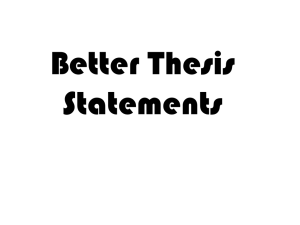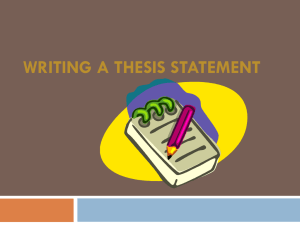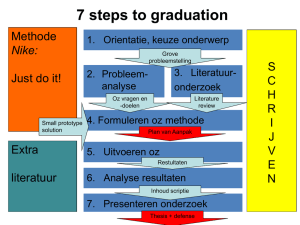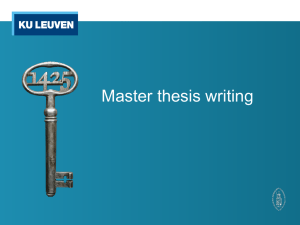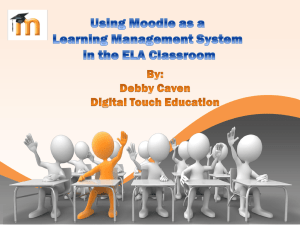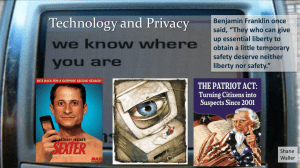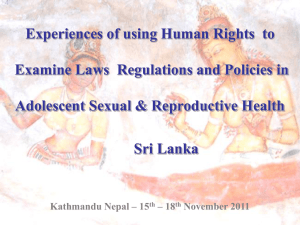Research Paper 911 - Liberty University
advertisement
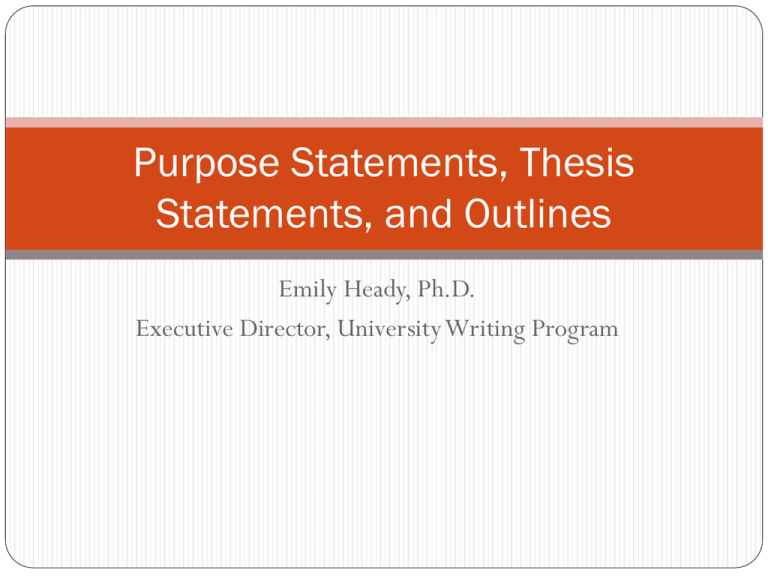
Purpose Statements, Thesis Statements, and Outlines Emily Heady, Ph.D. Executive Director, University Writing Program My Charge Talk about… Crafting a good thesis statement Formulating a specific purpose statement Writing a coherent outline Your Assignment Requirements 4-6 minutes Persuades listeners to change their thinking and/or behavior Be credible Use emotional appeal Develop speech with a logical pattern that is explained in your text 6 sources Written outline must be handed in early Purpose Statements Good Purpose Statements Announce your topic and say a little bit about what you want to say about it Are either broad and general or specific and explicit (you need to do both) Are achievable & realistic Appear VERY early on (if you include it) and in your outline Depend on YOU, not your listeners Are descriptive, not argumentative Reveal both the type of the effects you hope your speech will have as well as the specific changes that will result Bad Purpose Statements Are vague Do not make the leap from general to specific Do not reveal WHY you are making the speech Do not lead into the speech that follows Are confused with the thesis statement What’s Wrong (or Right) with These Purpose Statements? “I am going to make a speech about dogs.” “You are going to be totally convinced by my speech that dogs are much better than cats.” “In this speech, I will discuss the characteristics, behaviors, attitudes, habitats, and survival mechanisms of dogs throughout history, starting with the biblical era and continuing until today.” “It is the purpose of this speech to persuade the audience that three basic steps must be taken to increase the adoption rate for dogs in no-kill shelters.” “Throughout history, dogs have shown an uncanny ability to adapt to their environment.” Thesis Statements Good Thesis Statements Are clear and concise Set the course of the speech Appear at the beginning or end of the introduction and in your outline Follow logically from the purpose statement Must be proven Are echoed throughout the speech Often follow the format of the Aristotelian “enthymeme” (claim + reason) Bad Thesis Statements Are generally accepted as true Are hard to find Are factual Are too broad Cannot be proven Do not lead into the essay that follows Are shrill Are statements of belief On abortion… It is clear that abortion ends a life. Abortion is just the same as murder. Abortion is the most basic of rights available to women. Opponents and proponents of abortion have never had a chance to vote on its legality. No one can argue with the fact that abortion stops a beating heart. Abortion is legal in the U.S. today less because we believe in a woman’s right to end a pregnancy than because we have an impoverished understanding of personhood. What’s Wrong (or Right) with These Thesis Statements? “I believe that we need to educate ourselves better about genetically modified food.” “Some genetically modified foods are harmful; others are not.” “Genetically modified foods, while not always harmful, must be subject to increased regulation by the FDA.” “Like it or not, our food is genetically modified, so we’d better just live with it.” “Much discussion of the benefits and risks of genetically modified foods has taken place; in this paper, I will survey this discussion, and I will also offer my own opinion.” Outlining Toulmin Method The Standard Outline Introduction Body Point 1 Point 2 Point 3 Conclusion …but we can do better (enter Toulmin) About This Outline Good things: It’s very clear. It’s very logical. It forces you to have all the major components of a good speech. It CAN work! Potentially Bad things: There are no connections between sections. The thoughts are not complete. There is no room for the opposition. Introduction Exordium (Get the reader’s attention) Narratio (Background info/summary of relevant information) Propositio (Thesis) Partitio (Where this speech will go) Include your purpose statement and thesis in OBVIOUS places. Presentation of Position Confirmatio (body—all your reasons and proofs, presented in a way that is audience-friendly) Use sub-heads as necessary Lead with a strong point, bury weaker points in the middle, and finish strong. Your points should be made in TOPIC SENTENCES. All reasons/proofs should be set up with transitions and then concluded before moving to the next. Opposing Viewpoints Confutatio (summary of opposition and response to their arguments) May be included within the confirmatio or given its own section. Summarize/cite your opponents’ STRONGEST arguments. If relevant, accept correction from your opponents, or explain your disagreement in one of these ways: Show that they have misinterpreted facts Show that they have reasoned poorly Show that they haven’t thought about consequences Show that they have a flawed belief system Show that they value different things than we do Conclusion Peroratio (sums up, leaves a good final impression, call for action) Do not simply repeat yourself; rather, draw out key points and arrange them logically. Suggest where to go next—articulate the limitations of the scope of your study and a call for further research. What to do with this model USE IT! Don’t feel too confined by it, but make sure its major parts are represented in your speech. Adjust the length of each section according to the needs of your speech and audience. E.g., An explanatory speech will have a proportionally long background info section.



